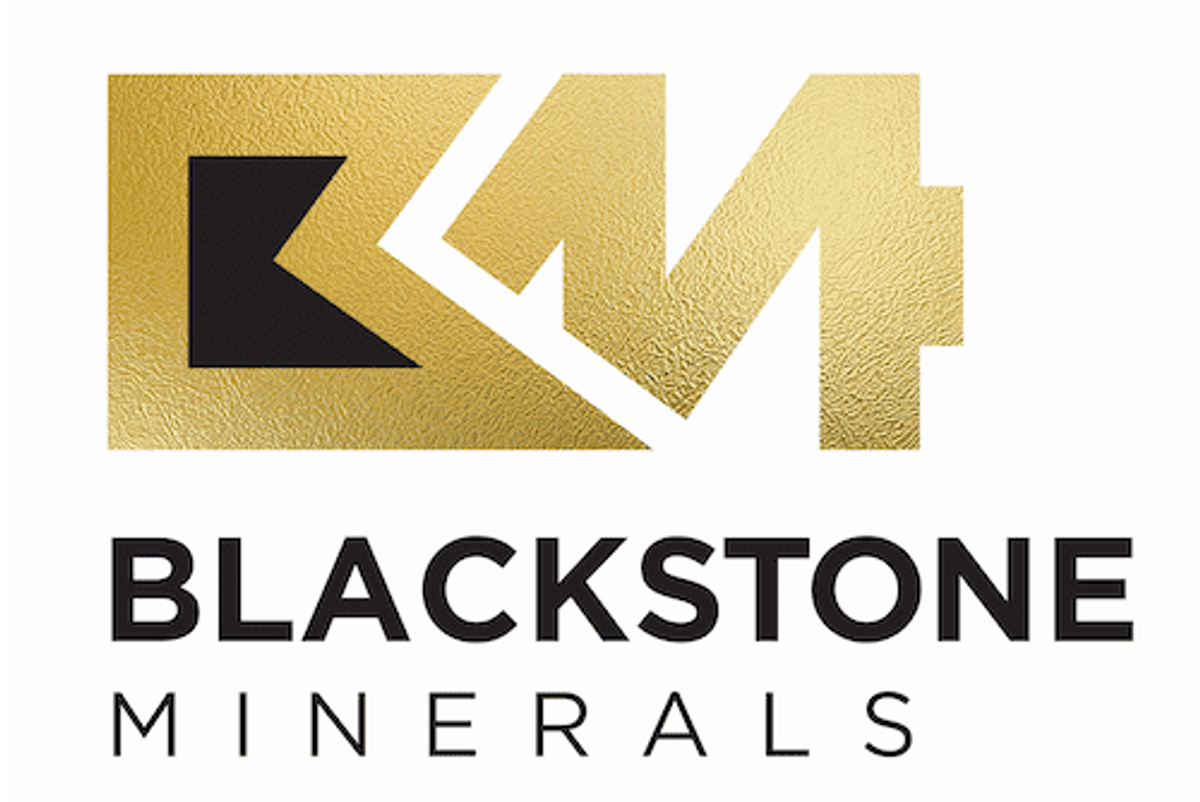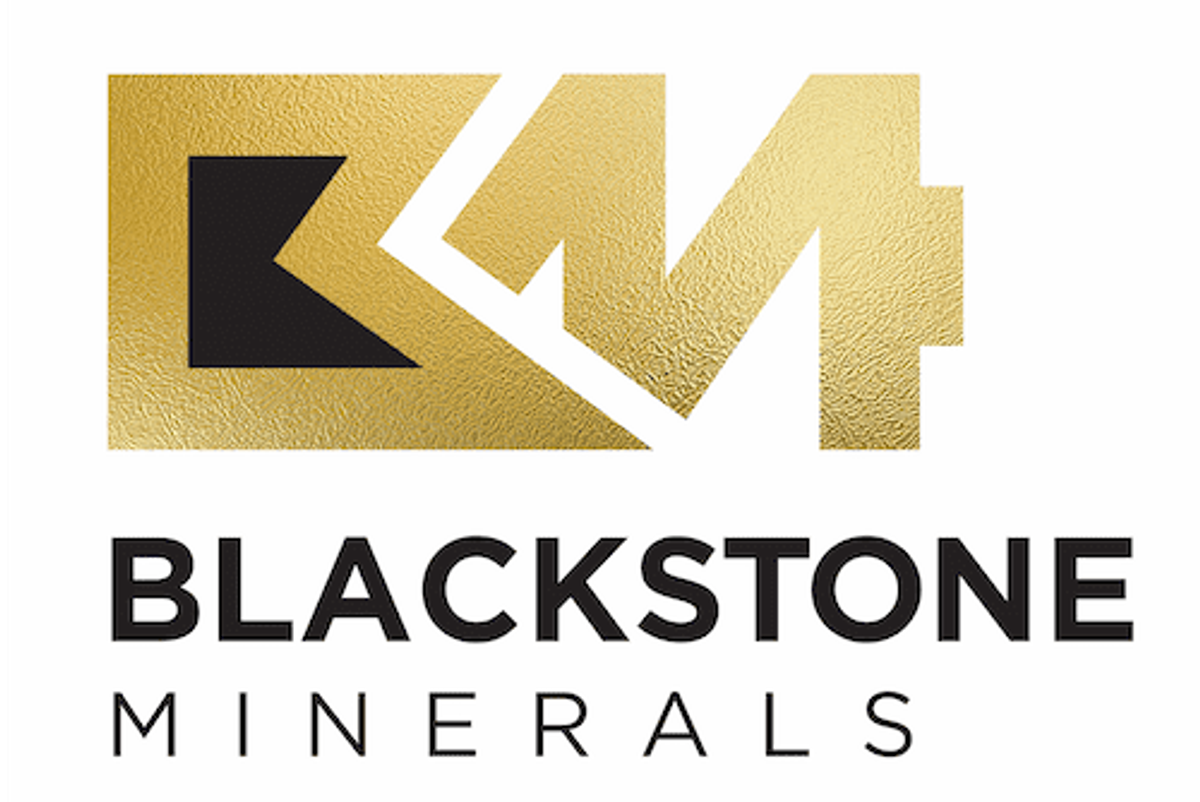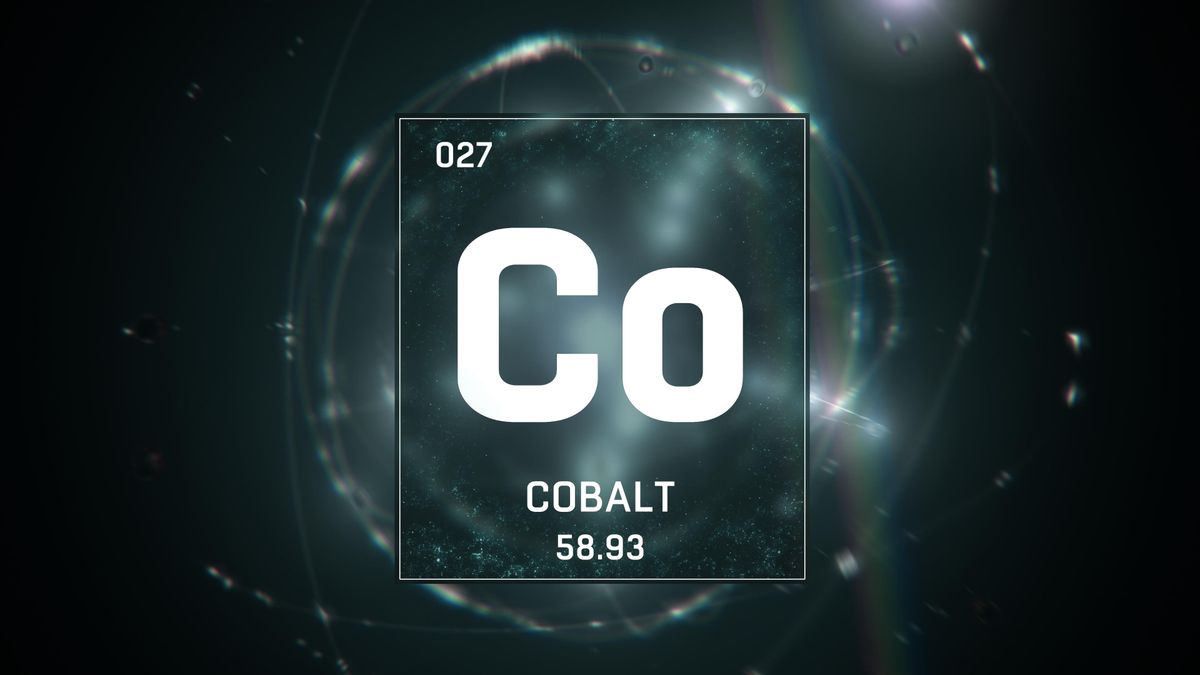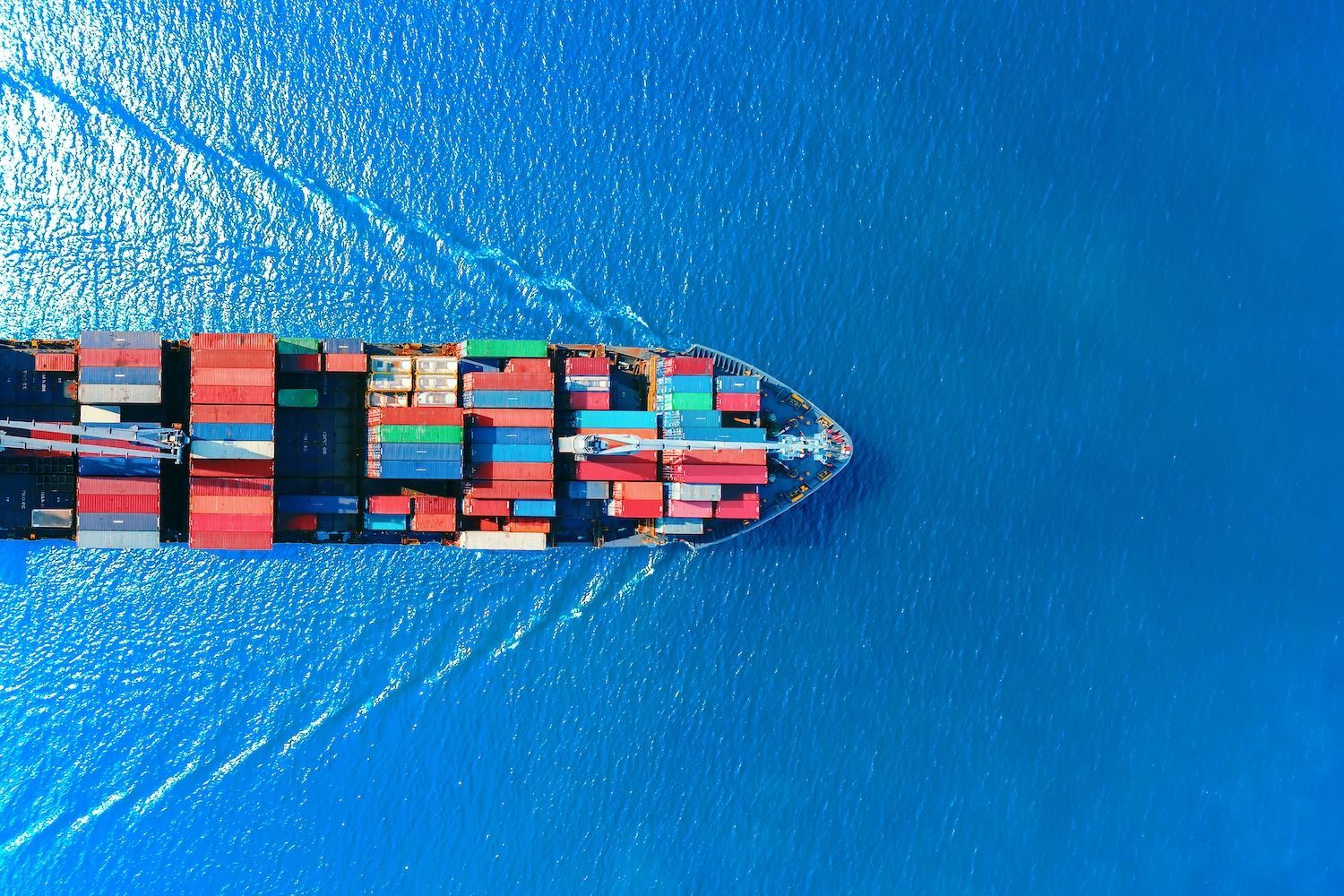
May 01, 2021
Ta Khoa Nickel – Copper – PGE Project
Upstream Business Unit (UBU)
• Multiple drill rigs active focussed on resource definition drilling and exploration for disseminated sulfide (DSS) and massive sulfide vein (MSV) prospects at the Ta Khoa Nickel – Copper – PGE Project in northern Vietnam
• Total of 14,502 metres of core drilling was completed in the March quarter, of which 5,285 metres were infill drilling at the large Ban Phuc DSS open pit orebody
• Infill drilling continued at the Ban Chang MSV prospect to support resource estimations and preliminary mining studies which are ongoing
• Testing of Electro-magnetic (EM) geophysics targets confirmed additional high grade MSV potential at the King Snake and Ta Cuong prospects:
• At King Snake high-grade massive sulfide nickel, copper and platinum group elements (PGEs) were confirmed (refer to ASX announcements dated 4 February 2021, 16 February 2021 and 11 March 2021); and
• At Ta Cuong significant sulfide mineralisation was identified in new Taipan Discovery Zone (TDZ), where drill hole TC21-03 intersected 39.70m of sulfide mineralisation including DSS, semi-massive sulfide (SMSV) and MSV (refer ASX announcement 25 February 2021)
Downstream Business Unit (DBU)
• The Company confirmed that separate Pre-Feasibility Studies (PFS) will be delivered for its Upstream and Downstream business units
• The Downstream PFS is anticipated to be completed by June/July 2021 and will consider expanded downstream refining capacity, which has potential to transform Blackstone into a globally significant Class 1 nickel producer
• Feedstock, namely nickel in concentrate, for the expanded planned refining capacity is expected to include both third – party concentrate and Blackstone’s potential orebodies within the Ta Khoa district in Northern Vietnam
Blackstone Minerals Limited (ASX:BSX) expanded downstream refinery is driven by strong indicative demand for the Company’s planned downstream products which will include Nickel:Cobalt:Manganese (NCM) precursor products suitable for the Lithium-ion battery industry, for example NCM811
• Blackstone intends to collaborate with Tier 1 partners to unlock the value of its expanded downstream refinery strategy, including EcoPro who are the world’s second largest manufacturer of cathodes and a major shareholder of Blackstone.
Corporate
• Letter of Interest signed with global commodity trading group Trafigura as part of its downstream refining strategy
• Highly-experienced hydrometallurgical engineer Tony Tang appointed General Manager Project Development – Downstream
• Blackstone to spin out non-core gold assets into new Codrus Minerals Limited IPO
• Blackstone commences trading on the US-based OTCQX Best Market
• Cash balance as at 31 March 2021 of A$19.2m
Blackstone Minerals’ Managing Director Scott Williamson commented:
“The March 2021 quarter was transformative for Blackstone as plans to expand our downstream refinery capacity were outlined to the market. Executing on our planned expanded downstream refinery strategy will see the Company become a globally significant Class I nickel producer.”
“During the March 2021 quarter the company continued an aggressive drilling program, adding confidence to the existing resource base as well as successfully targeting new massive sulfide opportunities including the King Snake prospect. The Ta Khoa district remains largely untested and we are confident based on our existing resource, initial success at multiple MSV deposits and from future exploration success, that the Ta Khoa Nickel – CuPGE project will be a significant feedstock for our downstream refinery in Vietnam for many years to come”
“The formalisation of Blackstone’s relationship with Trafigura, one of the largest commodity traders in the world, was an important milestone for the March 2021 quarter. The ability for our downstream business to access third-party concentrate will be important to meet the burgeoning demand for nickel driven by rapid growth in the Lithium-ion battery industry. During the quarter Blackstone continued to collaborate with Trafigura and the Company looks forward to presenting outcomes of the PFS for its downstream refinery business in
June / July this year.”
Click here for the full press release
The Conversation (0)
25 July
Blackstone Minerals
A diversified developer of battery-grade nickel and copper-gold assets in Southeast Asia
A diversified developer of battery-grade nickel and copper-gold assets in Southeast Asia Keep Reading...
31 October
Top 5 Canadian Cobalt Stocks of 2025
Cobalt prices regained momentum in the third quarter of 2025 as tighter export controls from the Democratic Republic of Congo (DRC) fueled expectations of a market rebound. After languishing near multi-year lows early in the year, the metal surged to US$47,110 per metric ton in late October, its... Keep Reading...
27 October
Top 3 ASX Cobalt Stocks of 2025
Cobalt is used in a wide variety of industrial applications, with lithium-ion batteries for electric vehicles (EVs) and energy storage systems as the largest demand segment. As an important battery metal, cobalt's fate is tied to demand for EVs. The EV market may be facing headwinds now, but the... Keep Reading...
24 October
Cobalt Market Update: Q3 2025 in Review
Tight export controls out of the Democratic Republic of Congo (DRC) added tailwinds to cobalt prices in Q3, prompting market watchers to anticipate a shift from oversupply to balance in the coming months. After starting the year at lows unseen since 2016 (US$21,502 per metric ton), cobalt began... Keep Reading...
16 October
US Cancels US$500 Million Cobalt Tender in Setback for Critical Minerals Strategy
The US Department of Defense has canceled its long-awaited plan to buy up to US$500 million worth of cobalt, a mineral vital to electric vehicles, jet engines and advanced weapons systems.The Defense Logistics Agency (DLA) confirmed the cancellation in a notice published Wednesday (October 15),... Keep Reading...
02 October
Fortune Minerals Advancing NICO Project to Mine Construction Decision in 2026
Fortune Minerals (TSX:FT,OTCQB:FTMDF) is advancing its NICO cobalt-gold-bismuth-copper-critical minerals project in Canada toward a project construction decision by late 2026. Robin Goad, president and CEO, shared how government funding has been essential to advancing the NICO project.Fortune... Keep Reading...
22 September
DRC to End Cobalt Export Ban, Move to Quota System
The Democratic Republic of Congo (DRC) announced it will lift its eight month cobalt export ban on October 16, replacing it with annual quotas designed to stabilize global supply and prices.Bloomberg reported that the country's Authority for the Regulation and Control of Strategic Mineral... Keep Reading...
Latest News
Interactive Chart
Latest Press Releases
Steadright Grants Stock Options
24 December
Silverco Confirms No Material Change
24 December
Related News
TOP STOCKS
American Battery4.030.24
Aion Therapeutic0.10-0.01
Cybin Corp2.140.00





